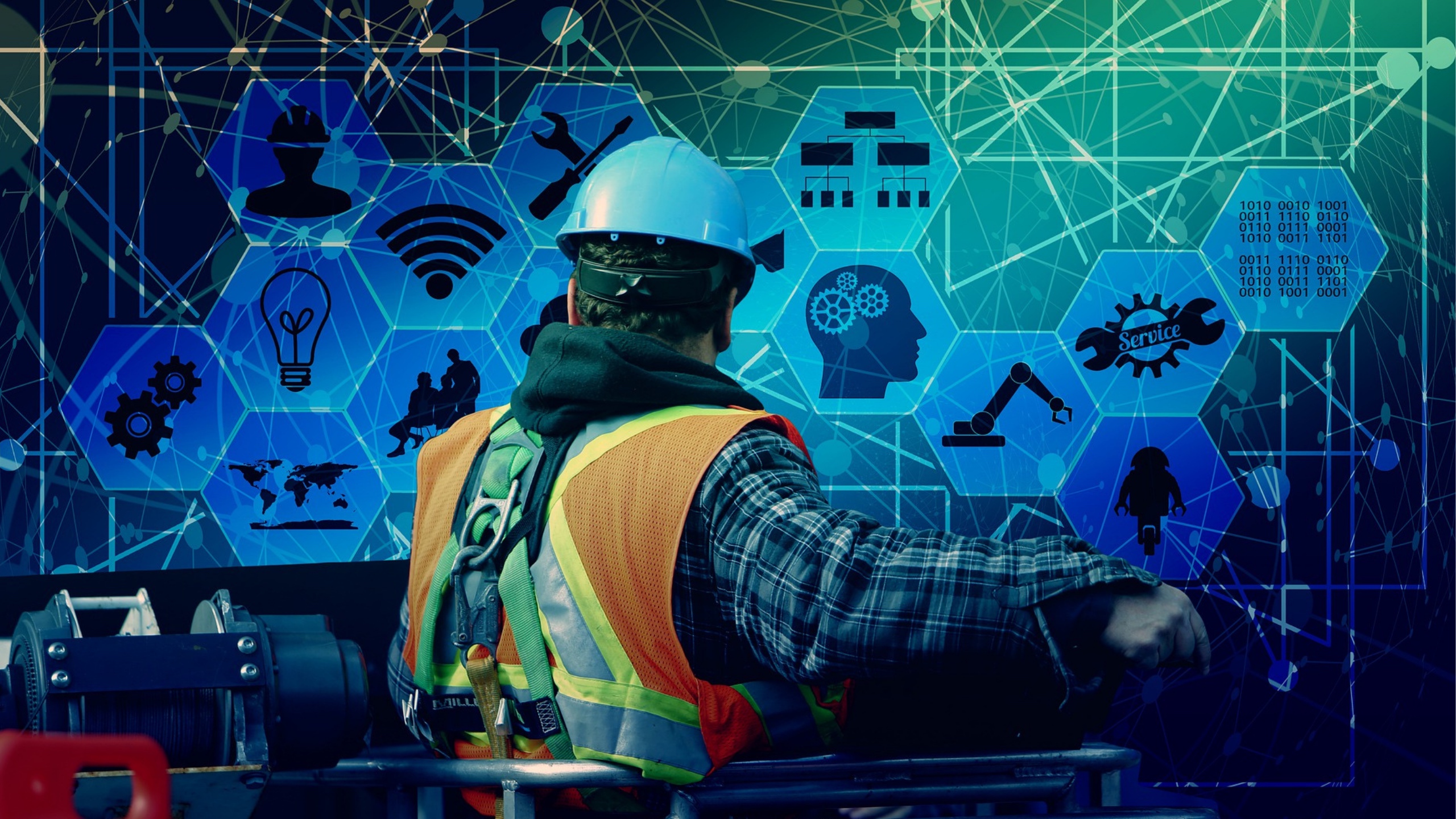Work safety is a delicate and current topic, that closely involves millions of Italians. According to INAIL, the first two months of 2022 have registered over 120k complaints about injuries in workplaces, with a YoY increase of 47%. Due to the global pandemic, that has provoked lockdowns but at the same time has offered the opportunity for remote working, it is diffìcult to compare data of the past years, but surely the number of complaints in 2022, even if it’s only partial, is surely an alarm that needs to be listened to.
Innovation, applied to industry, can improve safety in workplaces to reduce injury risks and avoid dramatic epilogues. Smart PPE, cobot, sensors, and other embedded systems are only a few examples of how technology can help manufacturers and industries to guarantee work safety for all employees.
However, the Italian industrial scenario is far from a technological revolution: in the Italian industries there is often obsolete machinery, not compliant with the EU Directives, like the Machinery Directive 2006/42/CE. Inspections conducted by INL (Ispettoraro Nazionale del Lavoro) pointed out irregularities in more than 8k firms (79% of the inspected companies).
Investing in technological modernization is not fundamental only for productivity, efficiency, and profitability, but also for effective solutions for a better work environment and safety.
Smart safety with embedded systems and smart PPE
The technological revolution can offer support to various sectors, like manufacturing and construction, where injury risk is very high. The Covid emergency situation has accelerated the digital transition, making workplaces and construction sites safer and more efficient.
Smart PPEs (Personal Protective Equipment), use the Internet of Things to combine wearable smart devices and safety on construction sites and factories: jackets, gloves, helmets, shoes with sensors connected to devices that can record information and data in real-time, sending requests of intervention if needed.
Cobot, precious collaborators in factories
Cobots, collaborative robots, play a key role in the automation processes. Besides carrying out routine activities, cobots are perfect for potentially dangerous operational tasks. In a pharmaceutical lab, for example, a cobot can be used for tasks where there is a high risk for contamination or intoxication; it is possible to avoid work injuries, that can be lethal.
Predictive Maintenance
Thanks to embedded systems and IoT, it is possible to perform predictive maintenance on machinery and promptly intervene in case of failures, avoiding accidents in factories. The employer will improve production efficiency and will have safer and controlled machinery.
Drones and sensors for dangerous situations
IoT technologies and smart sensors can be fundamental to monitoring environmental risks, especially in dangerous situations like a gas leak. Drones, that are remotely controlled, are an ideal solution to monitor areas where there are risks for workers, like in a building damaged by an earthquake. Drones can send images and capture measurements in real-time and allow workers to evaluate risks.
Real-Time Locating Systems (RTLS)
RTLSs, real-time locating systems, are embedded systems that can improve workplace safety in manufacturing and logistic sectors. Based on ultra-wide band technology, through a unique tag, they can monitor and localize in real-time the position of a worker, vehicle, or machinery. RTLS systems are used for better productivity and to increase safety levels in factories.
MAS Elettronica Embedded systems
“SBC Frida is a compact and low consumption product with a processor created for Artificial Vision and IoT – explains Sandro Mascetti, MAS Elettronica CEO – for example, can be used in firefighting systems to track movements and paths of people inside a building on fire”.
Discover SBC Frida IMX8M for IoT and Artificial Vision


